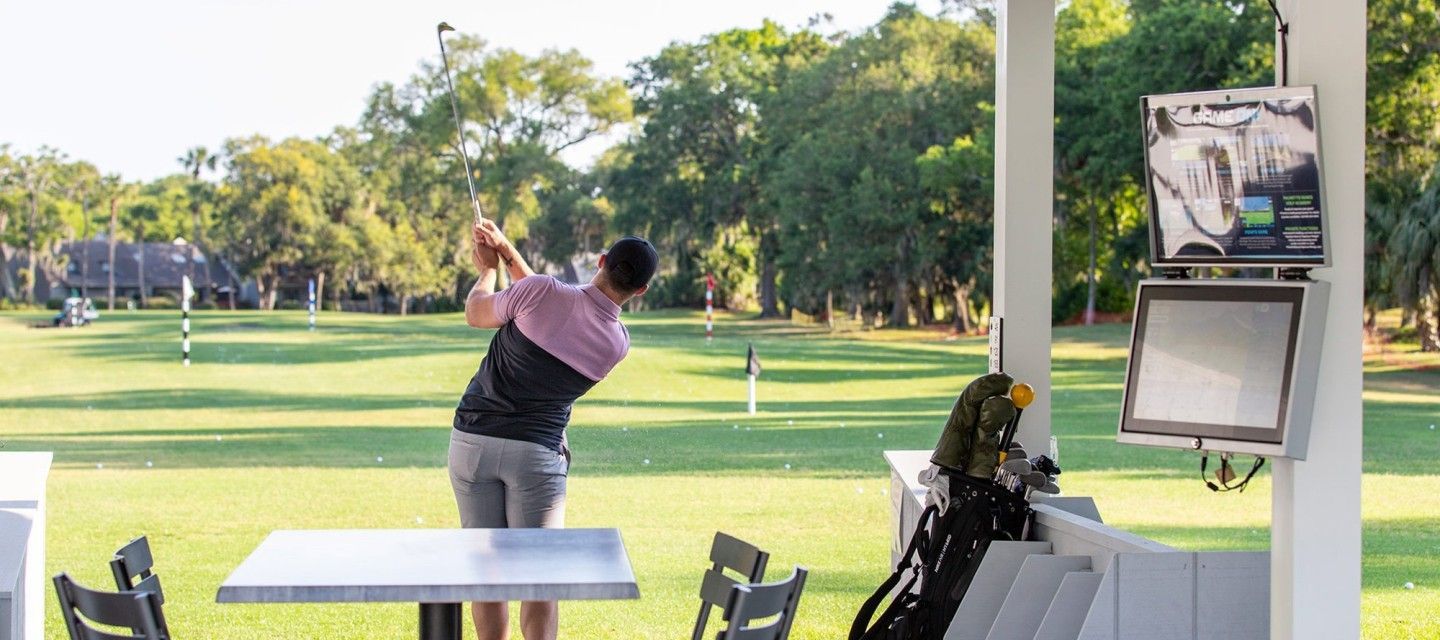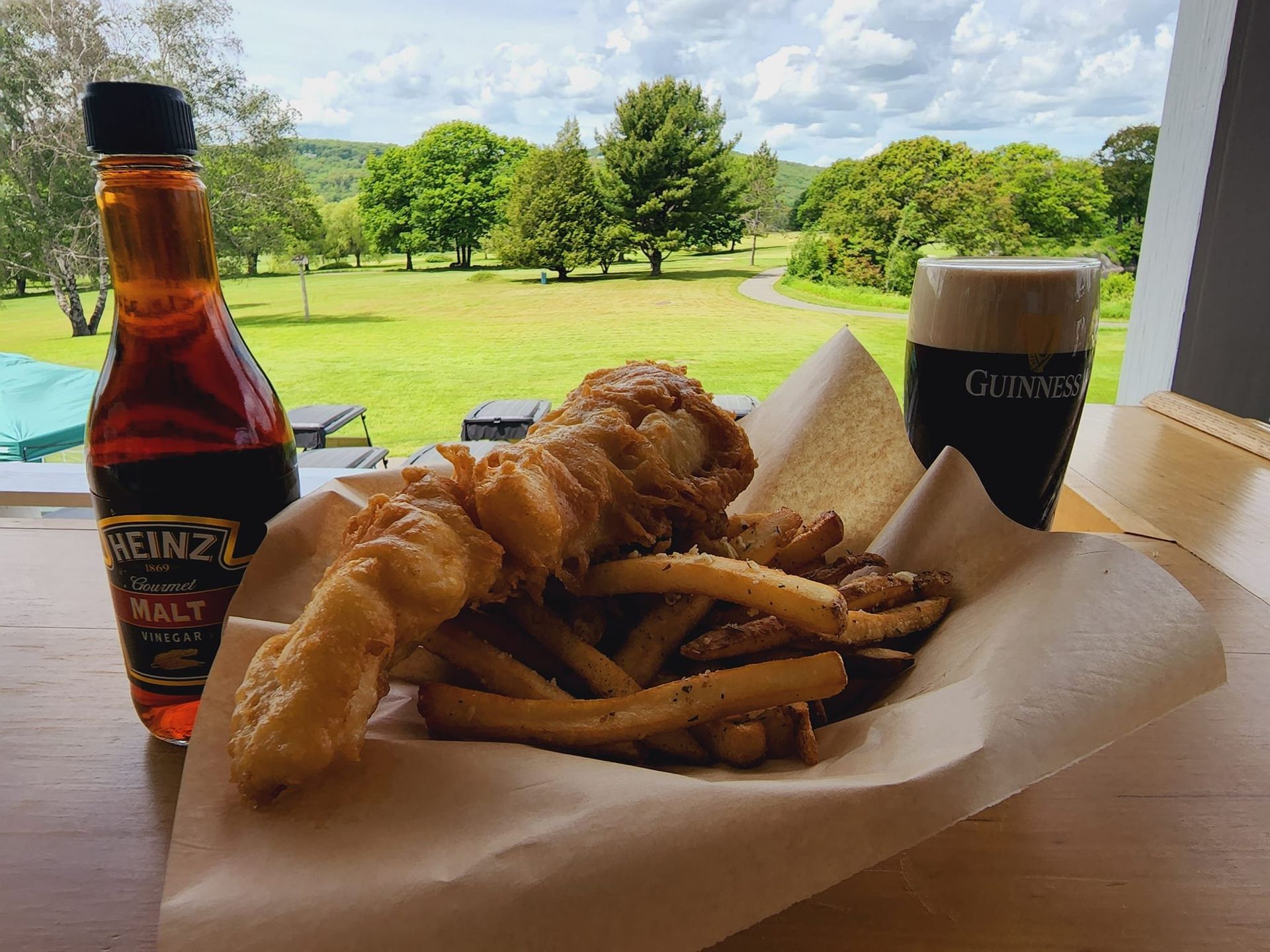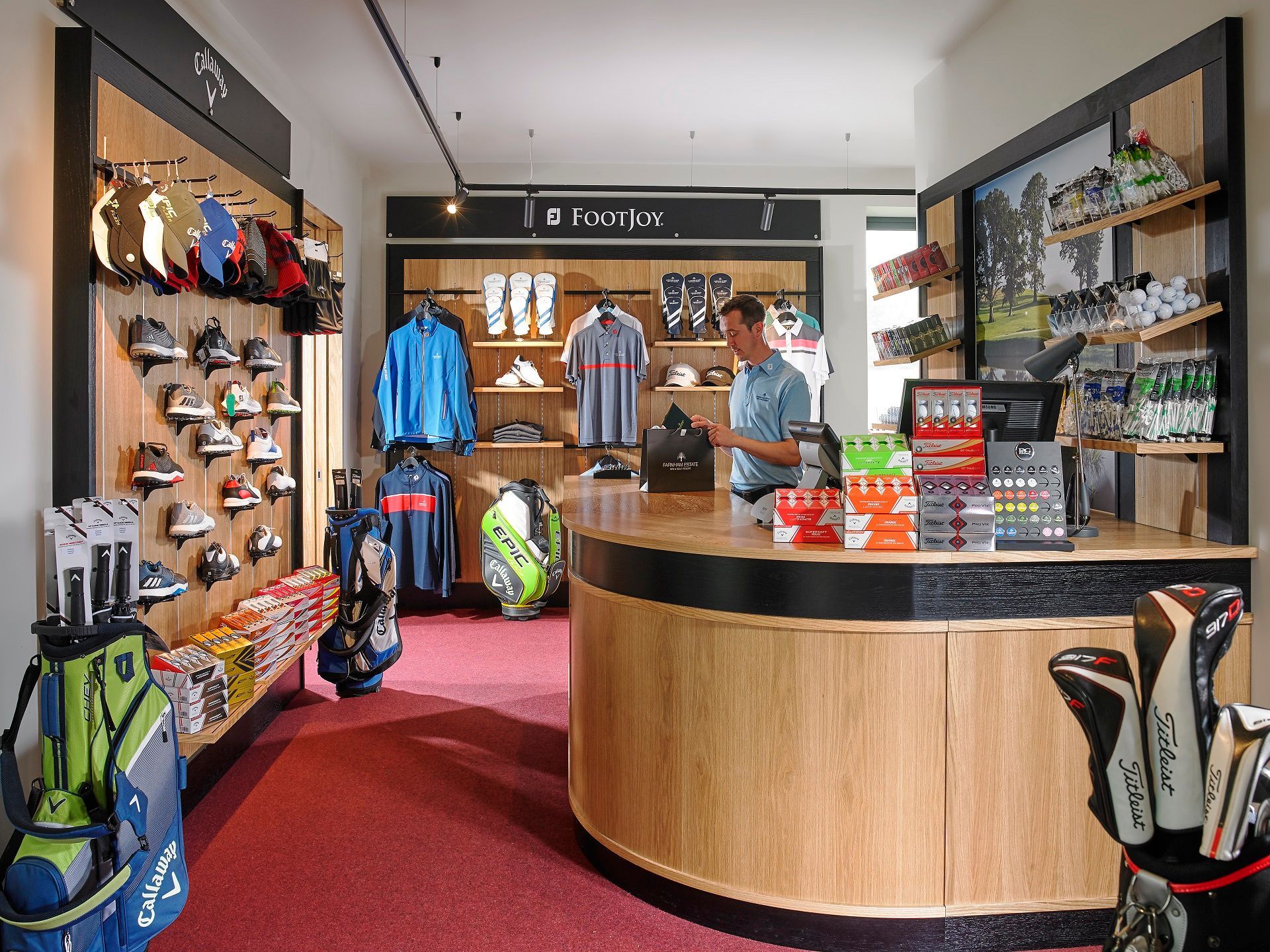June 11, 2025
How Modern Clubhouse Designs Are Shaping the Future of Golf
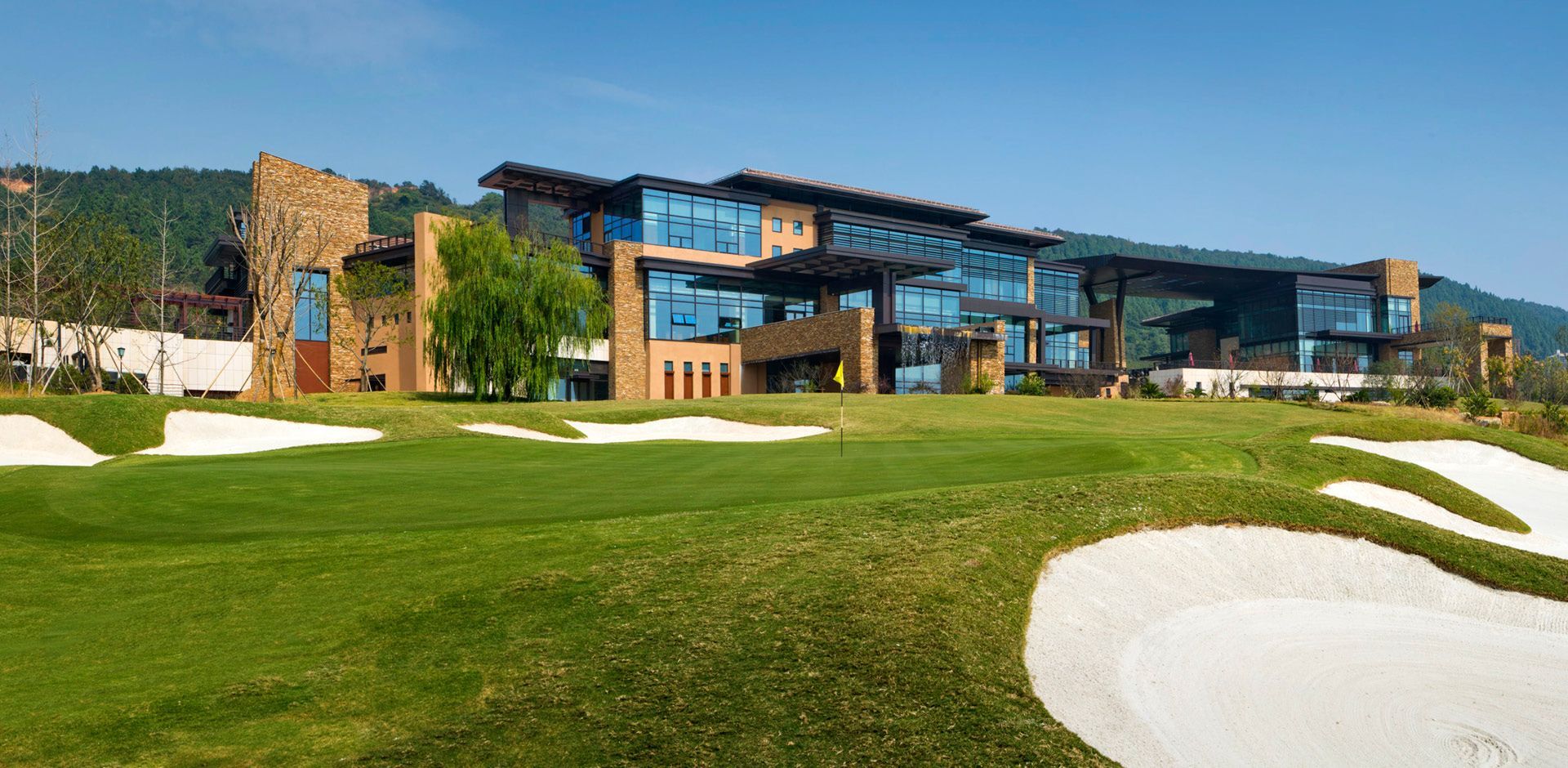
Exploring How Architecture, Layout, and Amenities Are Transforming the Clubhouse Experience for the Next Generation of Golfers
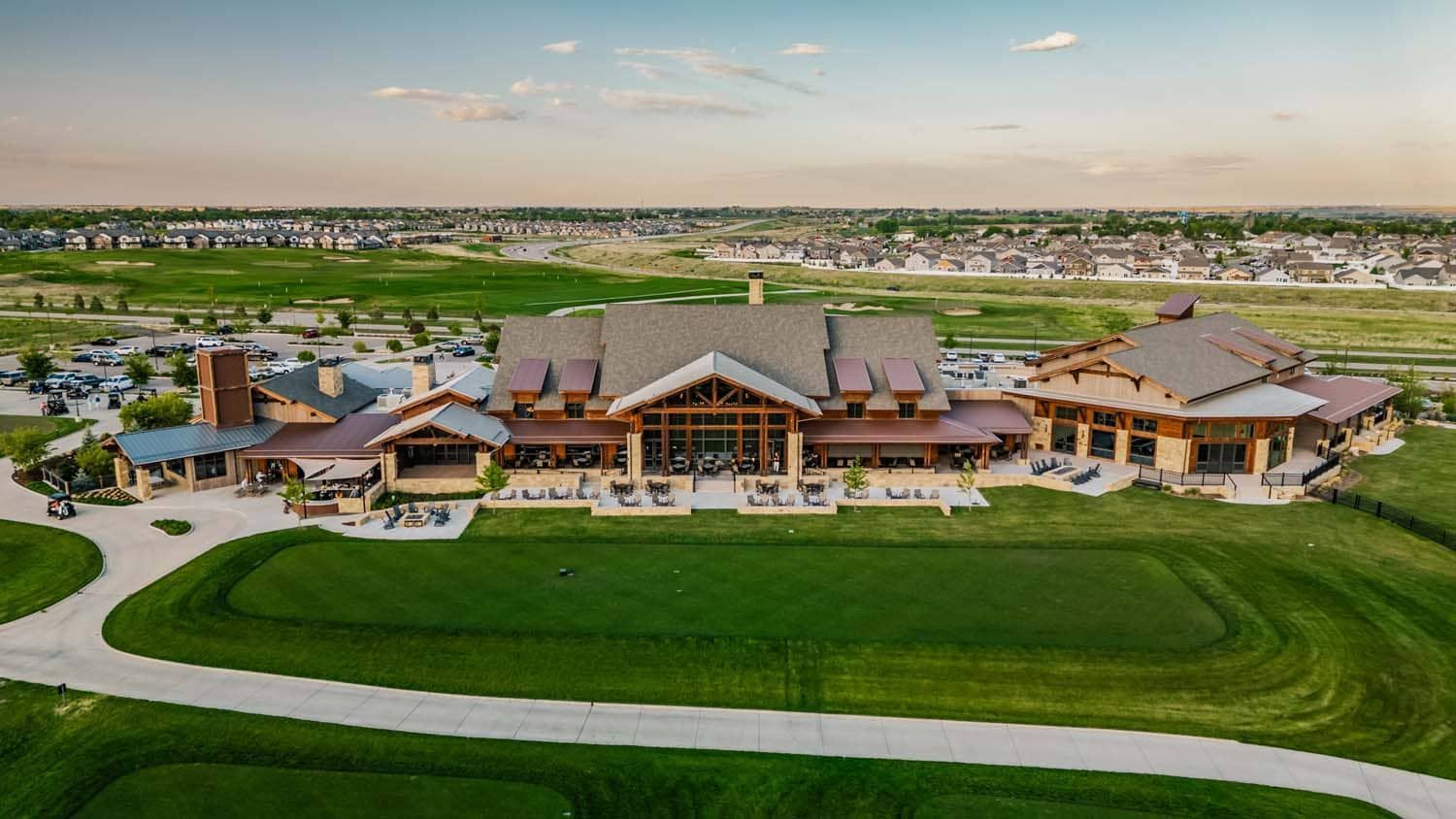
A New Era of Golf Club Architecture
The golf clubhouse has long stood as a symbol of tradition, elegance, and exclusivity. Rooted in architectural norms that emphasized classicism and formality, the clubhouse was once more of a museum of the game than a modern social hub. However, that vision is rapidly evolving. Today’s leading clubs are reimagining their buildings not as monuments to history but as forward-facing centers of energy, hospitality, and innovation.
Architects and club designers are approaching new builds and renovations with a different mindset—one that prioritizes openness, flexibility, and multi-functionality. Vaulted ceilings and ornate moldings are giving way to clean lines, floor-to-ceiling windows, and environmentally responsive materials. These design choices are not only more sustainable but also create a lighter, more welcoming atmosphere. Members and guests want to feel comfortable, inspired, and connected, and the built environment is playing a critical role in making that possible.
This evolution is about more than aesthetics. It’s a response to a cultural shift within the game itself. As golf seeks to attract younger, more diverse audiences, the clubhouse must signal inclusivity, modernity, and adaptability. A space once built to impress now needs to invite. And in many cases, it’s the first—and most lasting—impression a potential member will have.
The Role of Technology in Modern Clubhouses
Technology is no longer an afterthought in clubhouse design; it’s a core consideration. From the moment a golfer enters the property, digital integrations are shaping the experience. Touchless check-ins, mobile ordering, digital signage, and smart locker rooms are now table stakes in the quest to modernize. But beyond convenience, these integrations also contribute to a stronger sense of personalization and engagement.
Clubs are using data not just to manage tee times but to understand member behavior—where they spend time, what amenities they use, and how frequently they visit. This data informs design decisions that optimize space and create targeted enhancements. Whether it’s interactive simulators in the lounge or app-based concierge services, technology is dissolving friction and unlocking new ways for members to connect with the club.
The modern clubhouse is also a node in a broader digital ecosystem. Members expect seamless transitions from digital interfaces at home to physical experiences on-site. The best-designed clubs ensure that everything—from booking a lesson to ordering post-round drinks—feels effortless. The clubhouse becomes an extension of the golfer’s lifestyle, not just a destination at the end of 18 holes.
Wellness Takes Center Stage
The integration of wellness into clubhouse design reflects a major shift in what today’s golfer values. No longer content with a locker room and a steam room, members are seeking out full-service fitness centers, spa treatments, recovery rooms, and even guided mindfulness sessions. Clubs that once focused on golf alone are now catering to holistic health, attracting members with amenities that prioritize mind, body, and spirit.
This isn’t just about trend-chasing—it’s about responding to a cultural moment where wellness is synonymous with luxury. A clubhouse that offers state-of-the-art equipment, personal training, nutrition consultations, and yoga classes positions itself as a daily retreat, not just a weekend escape. Golf becomes part of a larger wellness journey, rather than an isolated hobby.
The architectural implications are significant. Wellness spaces must be designed with flow and serenity in mind. They require thoughtful lighting, acoustics, and spatial arrangements that foster calm. These aren’t afterthoughts tucked into a basement corner—they are prominent, intentional features of the clubhouse layout. And for many prospective members, they can be a deciding factor in club selection.
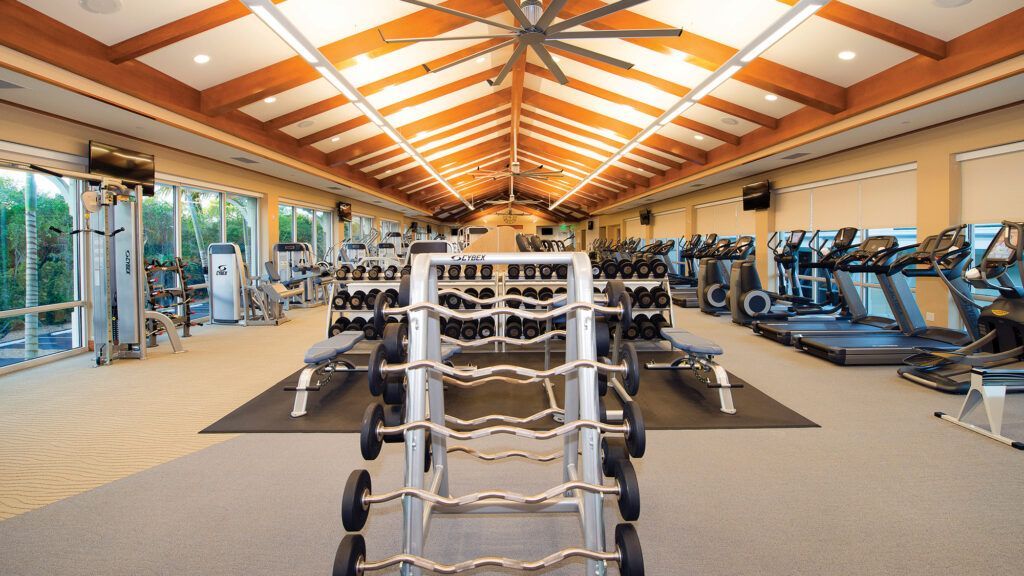
Social Spaces That Actually Foster Socializing
In traditional clubs, social interaction often happened in formal dining rooms or on the patio after a round. But today’s clubhouses are reshaping how and where those connections occur. Informal lounges, coworking spaces, coffee bars, and firepit patios are replacing white-tablecloth rigidity. These environments invite people to linger, collaborate, and build community in ways that go beyond the game.
Younger members, in particular, crave experiences that blend leisure and interaction. They don’t just want to golf; they want to host friends, enjoy a craft cocktail, or catch up on work in a beautiful setting. Clubhouse design is responding with multipurpose spaces that evolve throughout the day—from a quiet corner in the morning to a buzzing bar by evening.
This shift is driving a new kind of architecture—one that emphasizes transparency, modularity, and comfort. Open floor plans, movable partitions, and outdoor-indoor transitions allow clubs to adapt to different needs without major redesigns. These spaces are less about tradition and more about transformation, ready to accommodate everything from casual meetups to private events.
Sustainability and Eco-Responsibility in Clubhouse Design
As sustainability becomes a non-negotiable for modern institutions, golf clubs are stepping up to lead by example. Today’s clubhouse designs incorporate green building standards, energy-efficient systems, and sustainable materials as a matter of course. Solar panels, reclaimed wood, green roofs, and rainwater harvesting systems are no longer novelties—they are expectations.
But sustainable design isn’t just about infrastructure. It’s a reflection of a club’s values. Golfers who care about their carbon footprint and the health of the planet are drawn to clubs that demonstrate environmental leadership. The clubhouse becomes a visible, tangible symbol of that commitment—proof that luxury and responsibility can coexist.
Clubs are also leveraging sustainability as a storytelling tool. Whether it’s a LEED-certified facility or an organic kitchen garden, these features enhance the brand and deepen member loyalty. They send a message that the club isn’t just preserving tradition—it’s building a future. And in an industry where perception is everything, that message matters.
Culinary Innovation and Dining Experiences
Food has become a central element of the modern clubhouse experience. No longer limited to predictable menus and outdated dining halls, today’s clubs are investing in culinary talent, innovative concepts, and elevated service. The goal is to create memorable dining moments that rival the best restaurants in town—and that keep members coming back, even when they’re not playing golf.
This shift is about more than just good food. It’s about storytelling, atmosphere, and connection. Open kitchens, chef-led tastings, locally sourced ingredients, and rotating menus bring a sense of vibrancy to the clubhouse. Dining becomes an experience in itself, one that draws non-golfing family members and invites guests to linger long after the meal ends.
The design implications are significant. Dining spaces must be versatile, aesthetically appealing, and acoustically considered. They need to flow naturally from social areas, offer outdoor options, and accommodate events with ease. Clubs that treat food and beverage as core assets—not just amenities—are seeing dividends in membership satisfaction and retention.
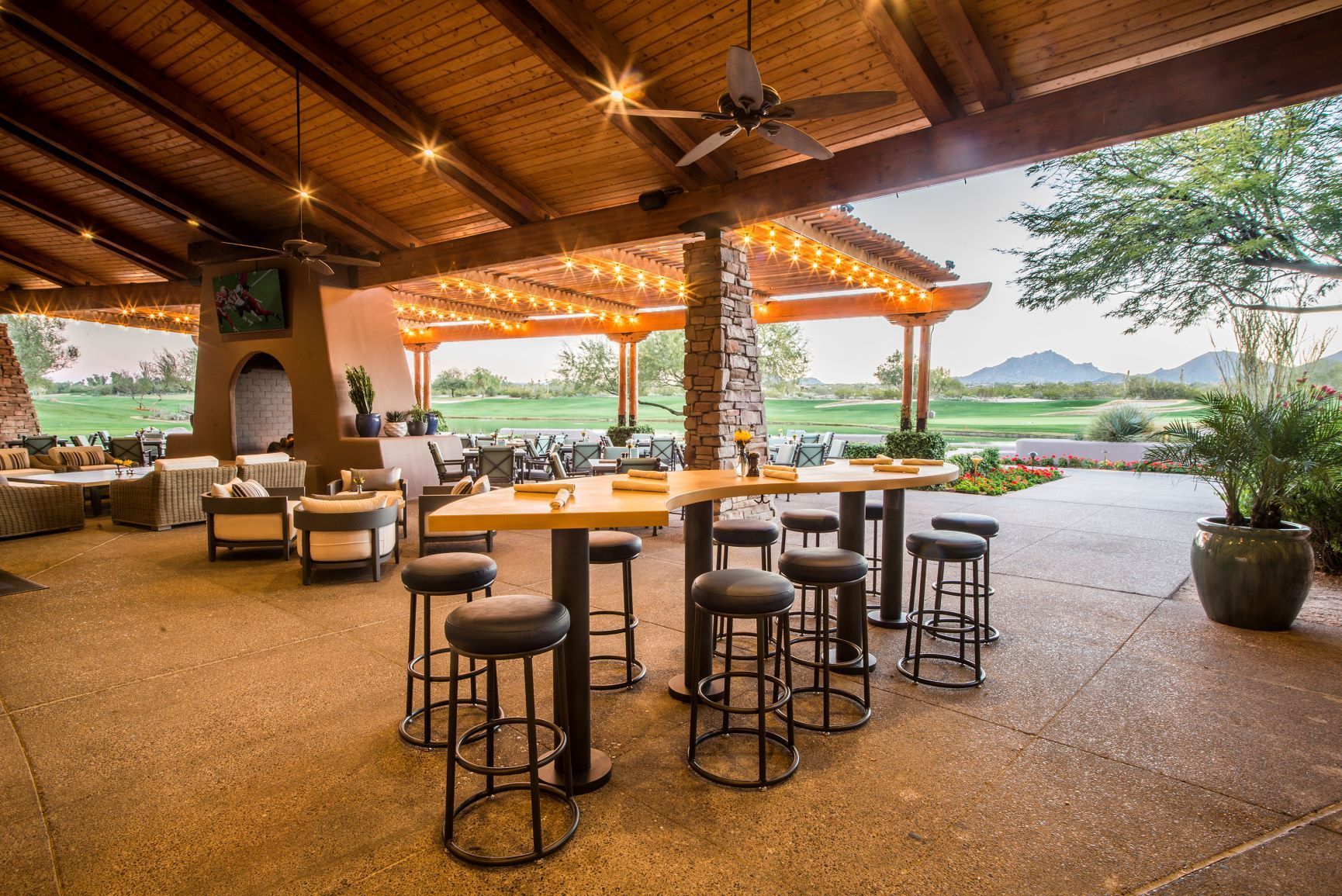
Redefining the Member Journey Through Design
At the heart of every great clubhouse is a carefully designed member journey. From the moment a guest drives onto the property to the time they leave, every touchpoint should be intentional and reflective of the club’s identity. Modern clubhouse design is increasingly focused on curating that journey—making it fluid, intuitive, and emotionally resonant.
That might begin with a striking arrival experience, such as a landscaped entryway or dramatic lobby. It continues through intuitive signage, welcoming staff areas, and seamless transitions between indoor and outdoor spaces. Every zone—from locker rooms to lounges to pro shops—serves a purpose and tells a story.
When design supports flow, it reduces friction and enhances satisfaction. Members feel valued, understood, and part of something special. In a world where hospitality expectations are rising across all sectors, golf clubs that master this experiential flow gain a competitive edge. It’s not just about architecture—it’s about emotion, memory, and meaning.
Designing the Future of Golf One Clubhouse at a Time
The clubhouse has always been a vital part of the golf experience, but its role is evolving faster than ever before. No longer confined to tradition or formality, it’s becoming a flexible, responsive, and central force in member satisfaction and club success. Design choices today are shaping the member experience of tomorrow—and influencing who chooses to be part of the club in the first place.
As clubs look ahead, the most successful ones will be those that view the clubhouse not as a static structure, but as a dynamic platform for engagement. It must reflect the values, expectations, and aspirations of modern golfers. That means being technologically fluent, socially inviting, wellness-oriented, environmentally responsible, and architecturally inspiring.
The future of golf doesn’t just happen on the tee box. It begins in the clubhouse—in the spaces where relationships form, habits are reinforced, and first impressions are made. With smart, member-focused design, the modern clubhouse isn’t just keeping up with the game. It’s helping lead it forward.
More from Fairway Control


